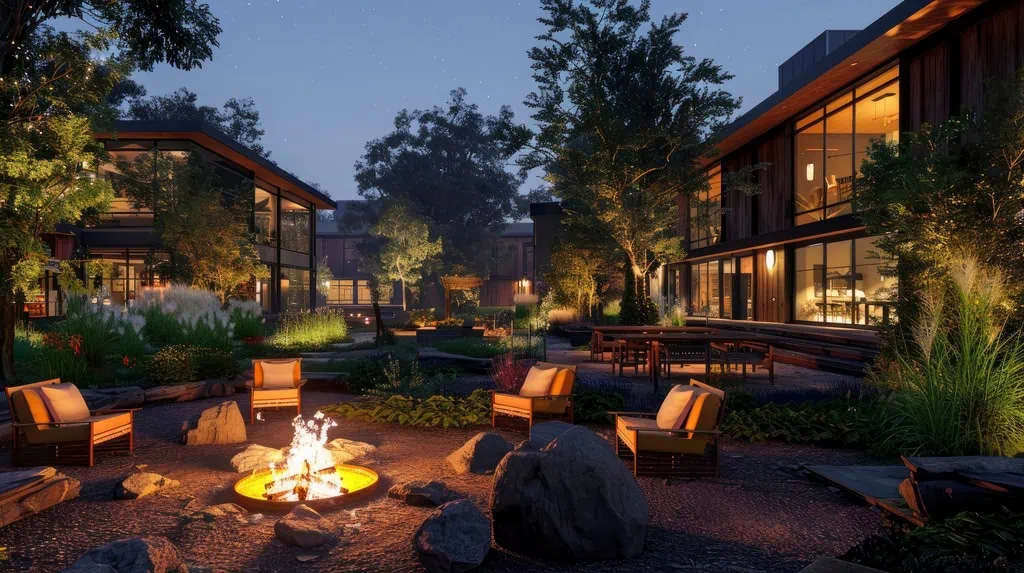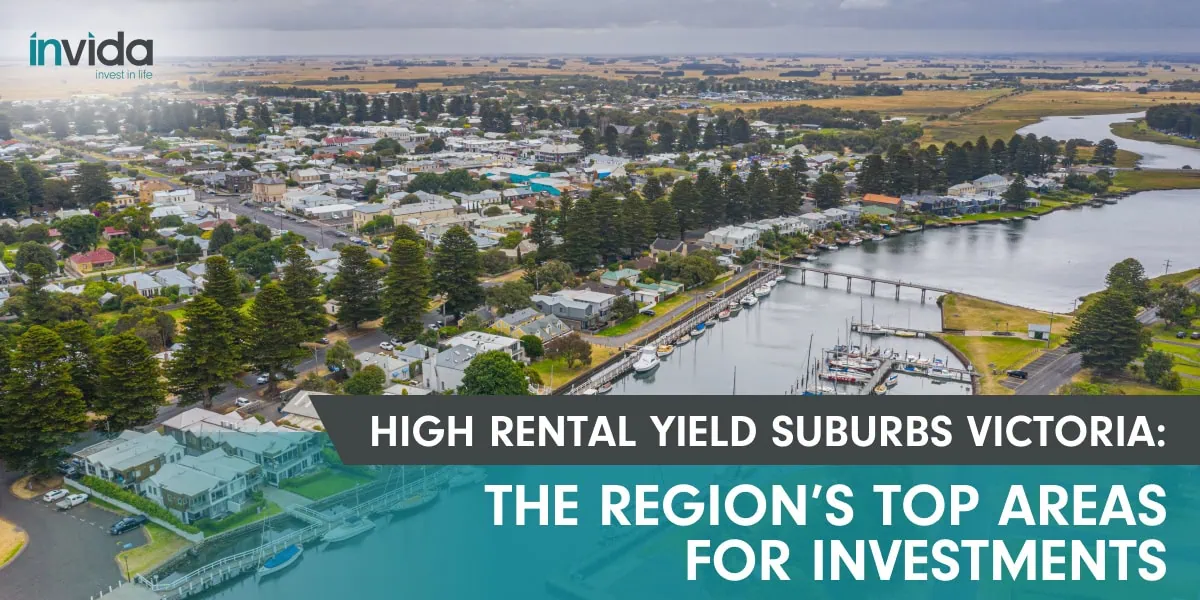The Melbourne rental crisis has become one of the most pressing issues affecting local residents – with skyrocketing rents, limited supply and increasing financial pressure on tenants.
As demand continues to outstrip supply, finding an affordable rental in Melbourne is becoming increasingly difficult. Several factors have contributed to this housing crisis, but innovative housing solutions are the key and could help ease the burden on renters plus provide more affordable housing options. Before we tackle the solutions to this problem, let’s first find out why this struggle exists in the first place.
Causes of the Housing Struggle
So, why is there a housing struggle in Melbourne? Here are some of the key reasons:
1. Population Growth and Migration
Melbourne has long been one of Australia’s fastest-growing cities, with steady population growth driven by migration and a high number of international students. This surge in new residents into the area has put immense pressure on the Melbourne rental market, leading to higher demand for housing and a decline in rental availability. The imbalance between supply and demand has made it harder for tenants to secure affordable homes.
2. Inadequate Housing Supply
A major contributor to the rental crisis Melbourne faces is the insufficient construction of new housing. While the population has grown rapidly, the supply of rental properties has not kept pace. Melbourne’s vacancy rate fell to 1.5% in January 2025, reflecting extreme competition.
Delays in new housing developments, rising construction costs and zoning restrictions also played a role in limiting the availability of rental homes. As a result, competition for existing properties has intensified, driving up rental prices and making it even harder for lower-income earners to find suitable accommodation.
3. Economic Factors and Rental Affordability
Rising living costs, inflation and stagnant wage growth have further exacerbated the Melbourne housing crisis. Many tenants now spend a significant portion of their income on rent, pushing them into financial stress. With rental prices increasing at a much faster rate than wages, households are struggling to keep up with the cost of living, leaving them vulnerable to housing insecurity and even homelessness.
4. Impact of Short-Term Rentals
The rise of short-term rental platforms, such as Airbnb, has also contributed to the Melbourne rental crisis. Many property owners have turned to renting their homes on a short-term basis to maximise profits. This reduces the number of long-term rental properties available for permanent residents. Such a shift has further constrained the rental market, leading to increased competition and higher rental rates.
Coliving: An Innovative Solution to the Melbourne Rental Crisis

One of the most promising solutions to the Melbourne rental crisis is coliving. This modern approach to shared living offers an affordable and community-driven alternative to traditional rental arrangements. Coliving spaces provide private rooms – called micro apartments – with shared communal areas, making them more cost-effective and socially engaging for tenants.
Building Coliving Homes
Custom-built co-living homes are designed to provide affordable, high-yield rental solutions by combining private micro-apartments with shared communal spaces. These purpose-built properties typically feature multiple self-contained units with ensuite bathrooms and kitchenettes. These homes also have shared areas to foster community living.
By offering flexible lease terms, lower rental costs and built-in amenities, coliving spaces can help ease rental pressures in Melbourne. They provide a sustainable and innovative solution for young professionals, students and individuals looking for affordable housing options without sacrificing convenience and comfort.
Repurposing Existing Properties into Coliving Spaces
Another viable solution to Melbourne’s housing crisis is the adaptive reuse of existing buildings. Instead of demolishing old structures, developers can convert them into modern coliving spaces, maximising the use of underutilised properties. Repurposing vacant office buildings, hotels and warehouses into residential units can help increase the housing supply without the need for large-scale new developments. These conversions are also available for existing residential homes that meet the correct regulations.
This approach not only provides more housing options but also promotes sustainability by reducing construction waste and preserving urban landscapes. Many global cities have successfully implemented adaptive reuse projects to address their own housing shortages and Melbourne could benefit from a similar strategy.
INVIDA and Co-Living: Providing Viable Solutions to Melbourne’s Housing Crisis
The Melbourne rental crisis is a complex issue fuelled by rapid population growth, inadequate housing supply, economic challenges and policy shortcomings. While traditional housing solutions have struggled to keep up with demand, innovative approaches like coliving and adaptive reuse of existing buildings offer promising alternatives.
By embracing co-living spaces and repurposing old structures, Melbourne can expand its rental housing options, making it more affordable and accessible for residents. Companies like INVIDA are already leading the charge in creating sustainable, community-oriented housing solutions that address both affordability and urban living challenges.
To learn more about this innovative alternative to regular housing, contact us. Help ease some of the rental problems in Melbourne and all across Australia, as well as earn passive income at the same time with INVIDA’s co-living solutions.





